The function of flowers
I can gather data from a colour survey of flowering plants and present my findings.
The function of flowers
I can gather data from a colour survey of flowering plants and present my findings.
These resources will be removed by end of Summer Term 2025.
Lesson details
Key learning points
- There are many different types of plants. Some plants have flowers and these are called flowering plants.
- In flowering plants, flowers hold the parts needed to produce new plants. This is called reproduction.
- Pollination occurs when pollen from the male parts of a flower are transferred to a female part.
- Flowers are often scented and brightly coloured to attract animals, such as insects and birds.
- We can carry out a survey to explore which colours are most common for flowers.
Keywords
Flower - A flower is the part of a plant that enables it to reproduce.
Life cycle - A life cycle is the way in which a living thing changes as it ages.
Reproduce - When living things reproduce they create their offspring.
Pollination - Pollination is the transfer of pollen from the male reproductive parts of a flower to a female one.
Petals - A petal is a part of a flower which is often colourful and attracts insects to pollinate the flower.
Common misconception
Pupils may think the purpose of flowers is to make the plant look nice or to provide food for bees, rather than them having a function for the sake of the plant.
Explain that the function of flowers is to allow the plant to reproduce and create more plants.
To help you plan your year 3 science lesson on: The function of flowers, download all teaching resources for free and adapt to suit your pupils' needs...
To help you plan your year 3 science lesson on: The function of flowers, download all teaching resources for free and adapt to suit your pupils' needs.
The starter quiz will activate and check your pupils' prior knowledge, with versions available both with and without answers in PDF format.
We use learning cycles to break down learning into key concepts or ideas linked to the learning outcome. Each learning cycle features explanations with checks for understanding and practice tasks with feedback. All of this is found in our slide decks, ready for you to download and edit. The practice tasks are also available as printable worksheets and some lessons have additional materials with extra material you might need for teaching the lesson.
The assessment exit quiz will test your pupils' understanding of the key learning points.
Our video is a tool for planning, showing how other teachers might teach the lesson, offering helpful tips, modelled explanations and inspiration for your own delivery in the classroom. Plus, you can set it as homework or revision for pupils and keep their learning on track by sharing an online pupil version of this lesson.
Explore more key stage 2 science lessons from the What plants do and what they need unit, dive into the full secondary science curriculum, or learn more about lesson planning.

Equipment
Clipboards
Content guidance
- Exploration of objects
- Risk assessment required - physical activity
Supervision
Adult supervision required
Licence
Starter quiz
6 Questions
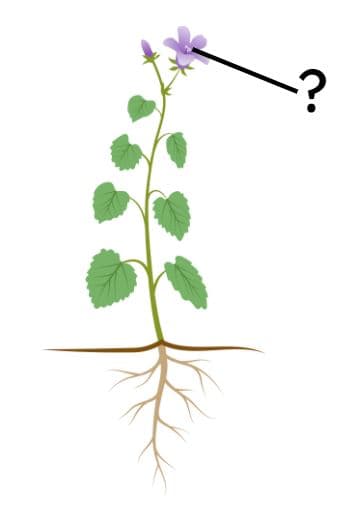
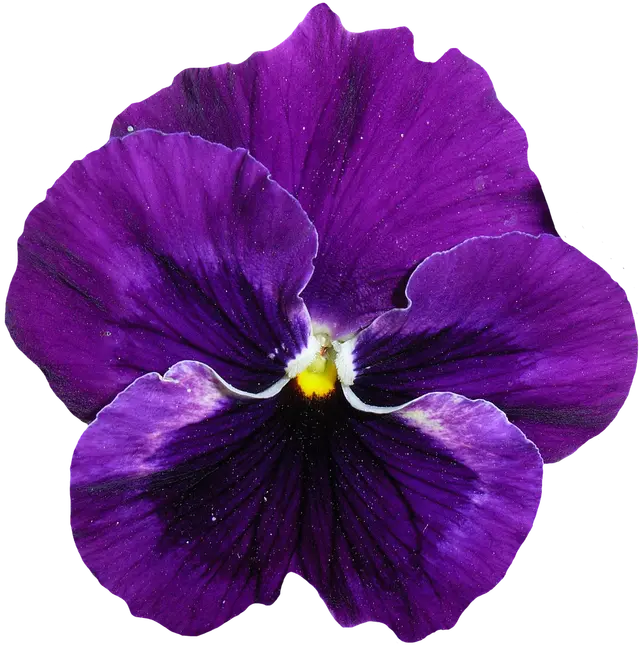
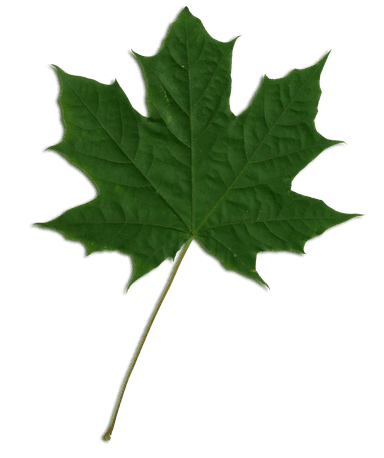
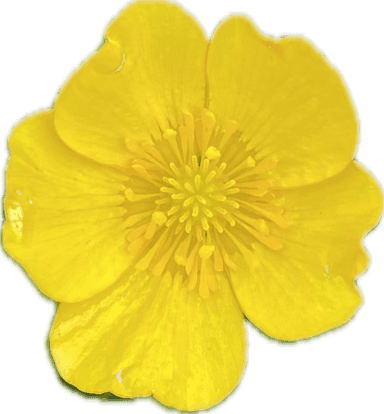
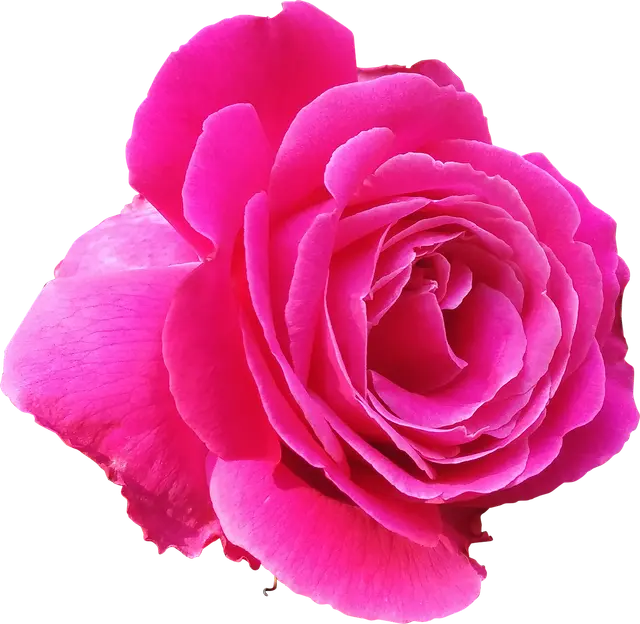


Exit quiz
6 Questions






